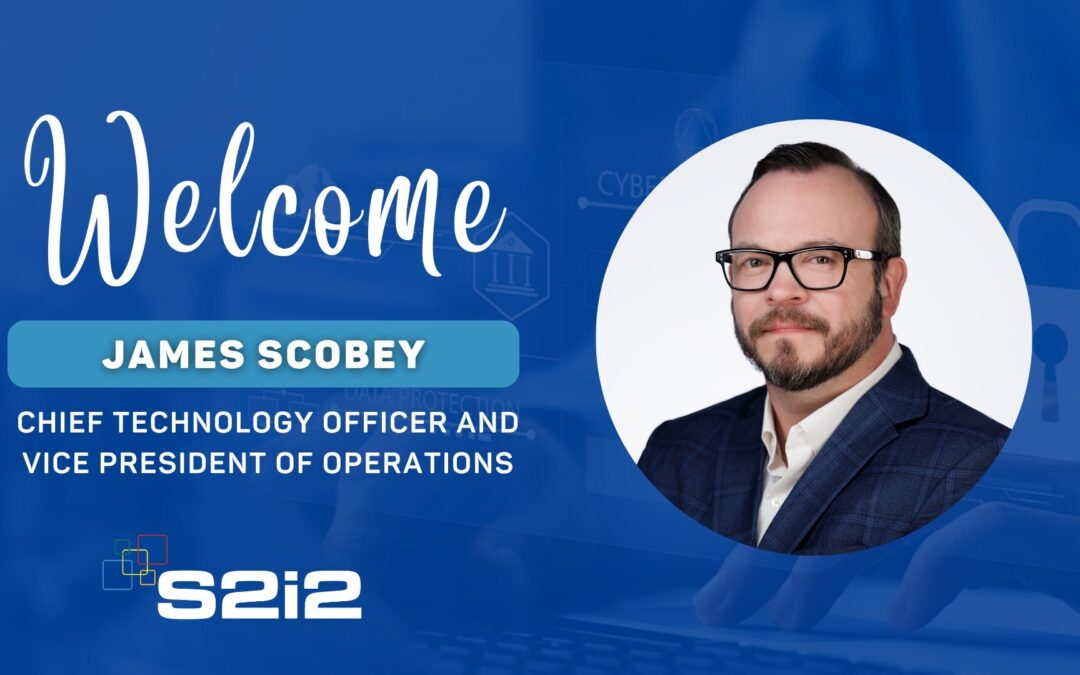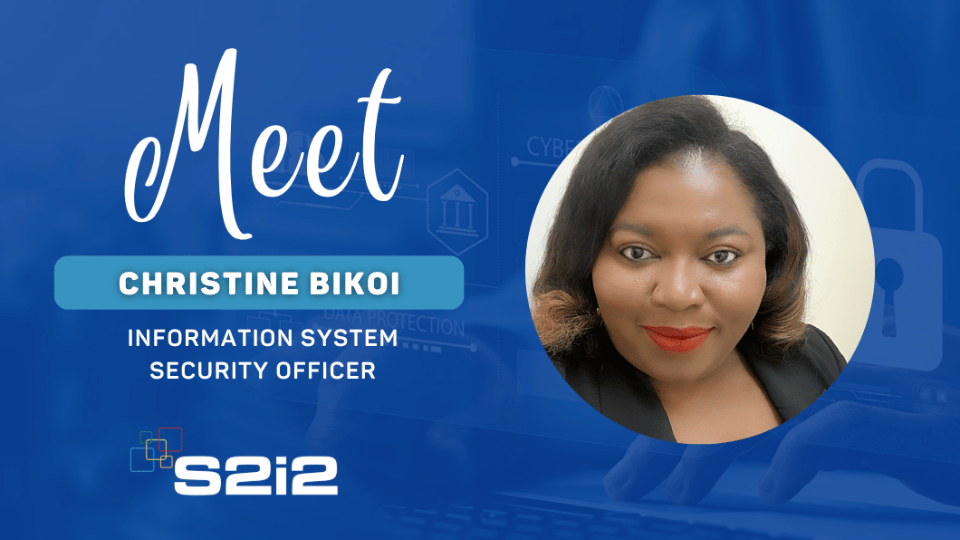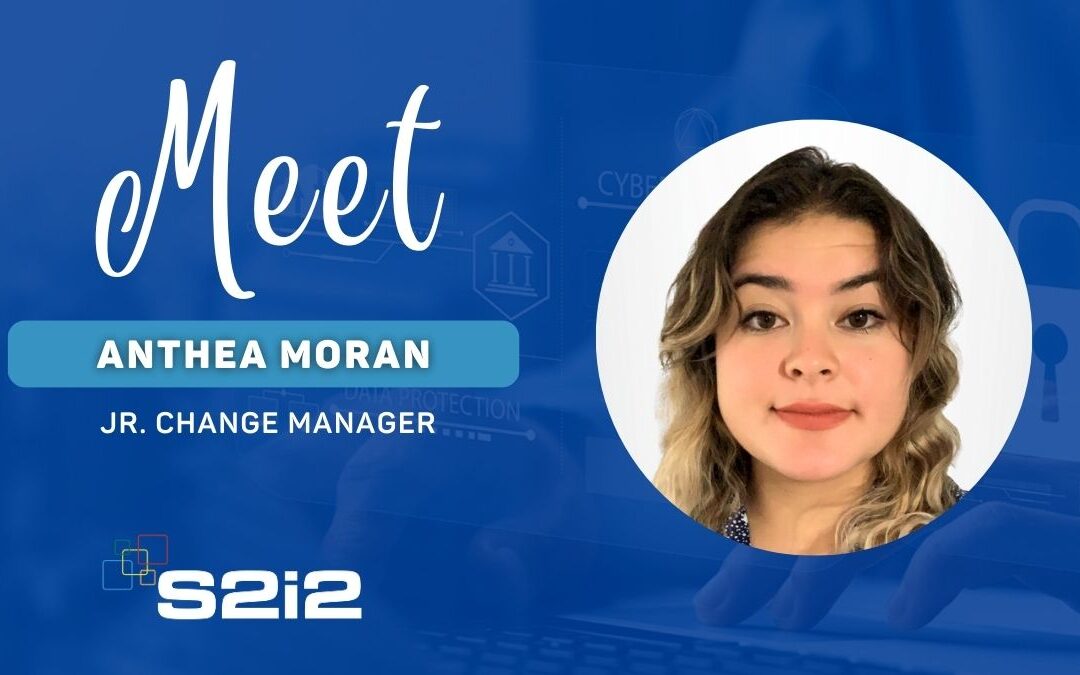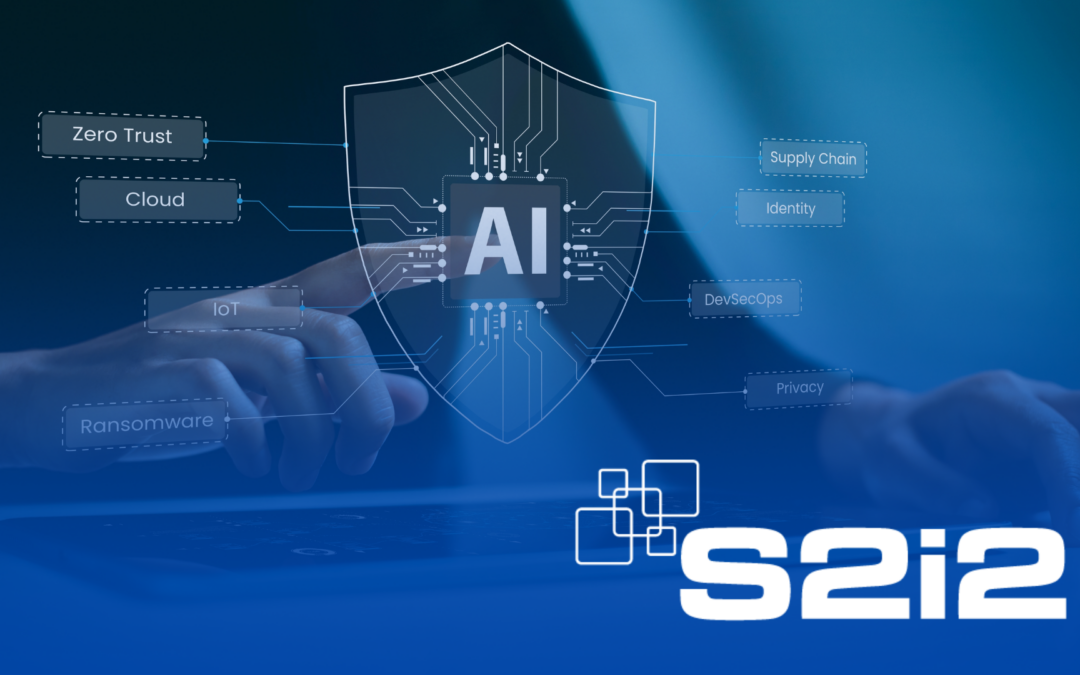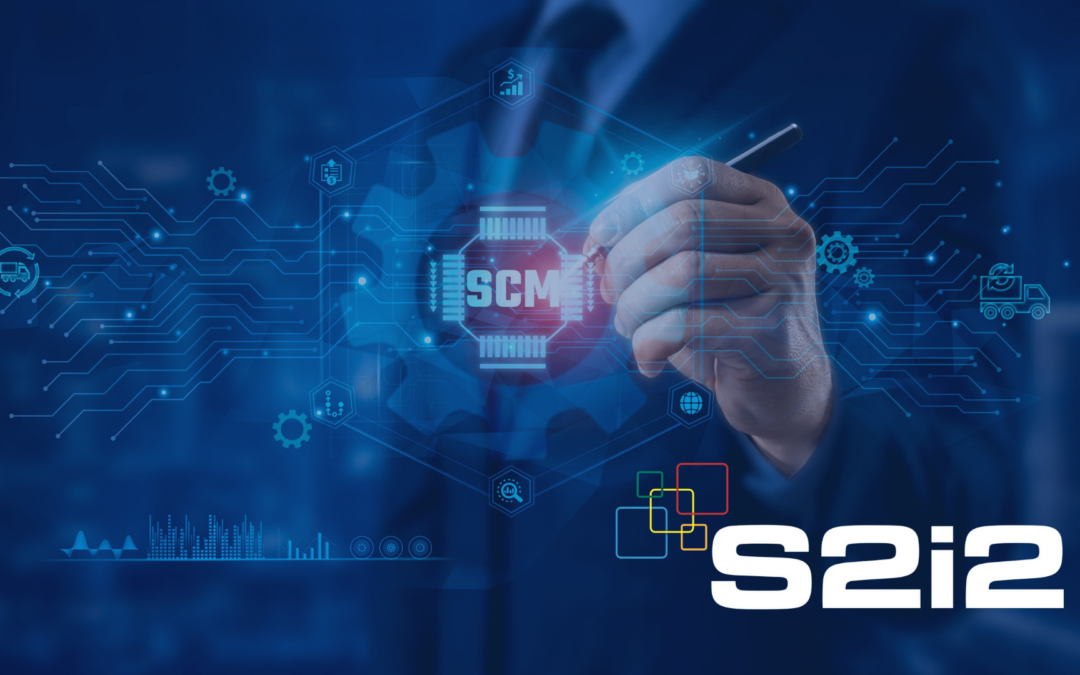Let’s face it, logging into systems securely isn’t getting any easier. But with cyber threats growing and federal requirements for agencies tightening, cybersecurity companies such as ours are being asked to step up their identity and access management (IAM) game.
One big shift on the horizon? The push for phishing-resistant multi-factor authentication (MFA) and updated identity practices, as outlined in the new NIST 800-63-4 guidelines. Don’t worry, it’s not as daunting as it sounds. Here’s a quick look at what’s changing, and how you can keep up without overhauling everything overnight.
Why Everyone’s Talking About Phishing-Resistant MFA
You’ve probably seen the headlines: phishing attacks are still one of the most common methods attackers get into systems. Even traditional MFA (like texting a code to your phone) isn’t cutting it anymore. That’s why federal guidance is now recommending phishing-resistant MFA (options that are much harder for attackers to trick or intercept).
Things like PIV cards, CACs, or FIDO2 tokens are becoming the gold standard. These methods are harder to spoof, easier to trust, and more in line with where federal cybersecurity is headed.
So, What’s in NIST 800-63-4?
The latest version of NIST’s digital identity guidelines that came out in August of 2024 doesn’t reinvent the wheel, but it does sharpen expectations around how we verify identities, manage access, and use MFA.
Some of the key updates include:
- Phishing-resistant MFA is no longer optional in many cases
- Identity proofing needs to be stronger and more consistent
- Federated identity means securely using one identity across systems, and is encouraged where it makes sense
For government agencies and the contractors who support them, this means taking a closer look at how access is managed today and making sure it aligns with the updated standards.
What This Means for Agencies and Contractors
If you’re a contractor or federal team handling sensitive systems or data, there’s a good chance these updates apply to you. It doesn’t mean starting from scratch, but it does mean knowing where you stand and what needs to change.
This is also an opportunity to improve how users access systems overall. Stronger IAM often means fewer headaches down the road, fewer vulnerabilities, and a better user experience once everything is up and running.
Balancing Security with Practicality
Implementing modern MFA and updating identity practices doesn’t have to be a huge lift. The key is being intentional: start with the highest-risk systems or users, figure out what works best for your environment, and don’t try to solve everything at once.
You’ll also want to consider:
- Budget and licensing
- User experience (especially for remote or hybrid teams)
- Compatibility with your existing systems
Where to Start
If you’re just getting started with IAM modernization, here’s a simple approach:
- Take stock of what you’re using now (what kind of MFA, how access is granted, etc).
- Identify any gaps with the new guidance
- Prioritize phishing-resistant MFA for critical systems
- Update your identity verification practices to align with NIST 800-63-4
- Roll out in phases (pilot first, adjust, then expand)
IAM modernization isn’t just another box to check, it’s about reducing risk and building a better foundation for everything your team does online. The new NIST guidelines are just one more nudge to do it right. And if you’re not sure where to begin, that’s where S2i2 comes in.
As a cybersecurity company that works closely with federal clients, S2i2 understands every organization is different. Whether you’re just starting to modernize or looking to fine-tune your current approach, we can help you plan, implement, and support IAM improvements which make sense for your team without overcomplicating things.
If you’d like to learn more or are interested in joining the S2i2 team, contact us at info@s2i2.com or call 844-946-7242. Don’t forget to follow us on LinkedIn as well!


